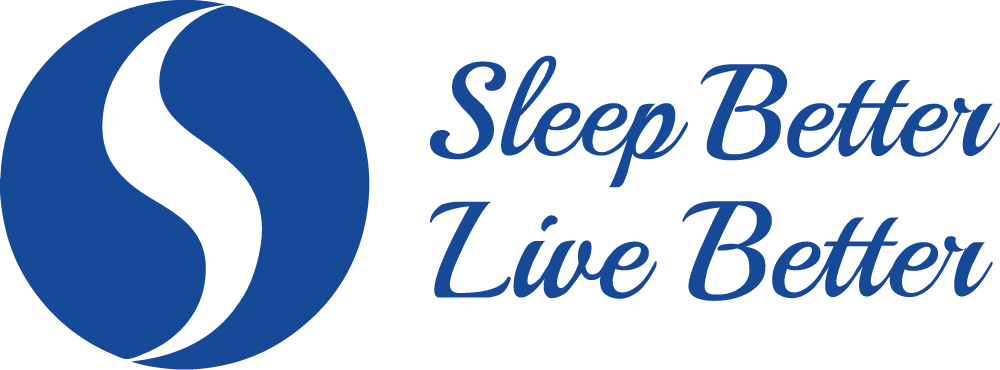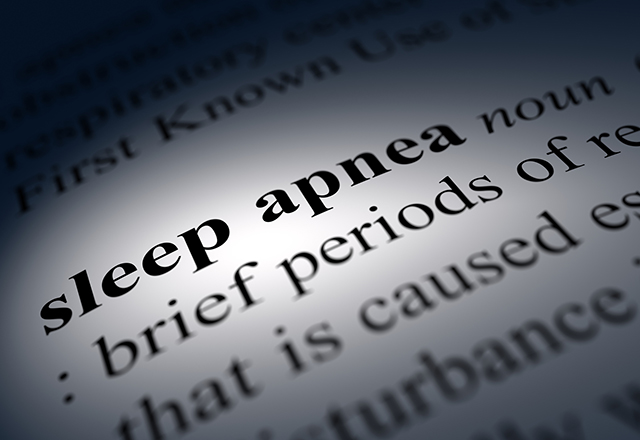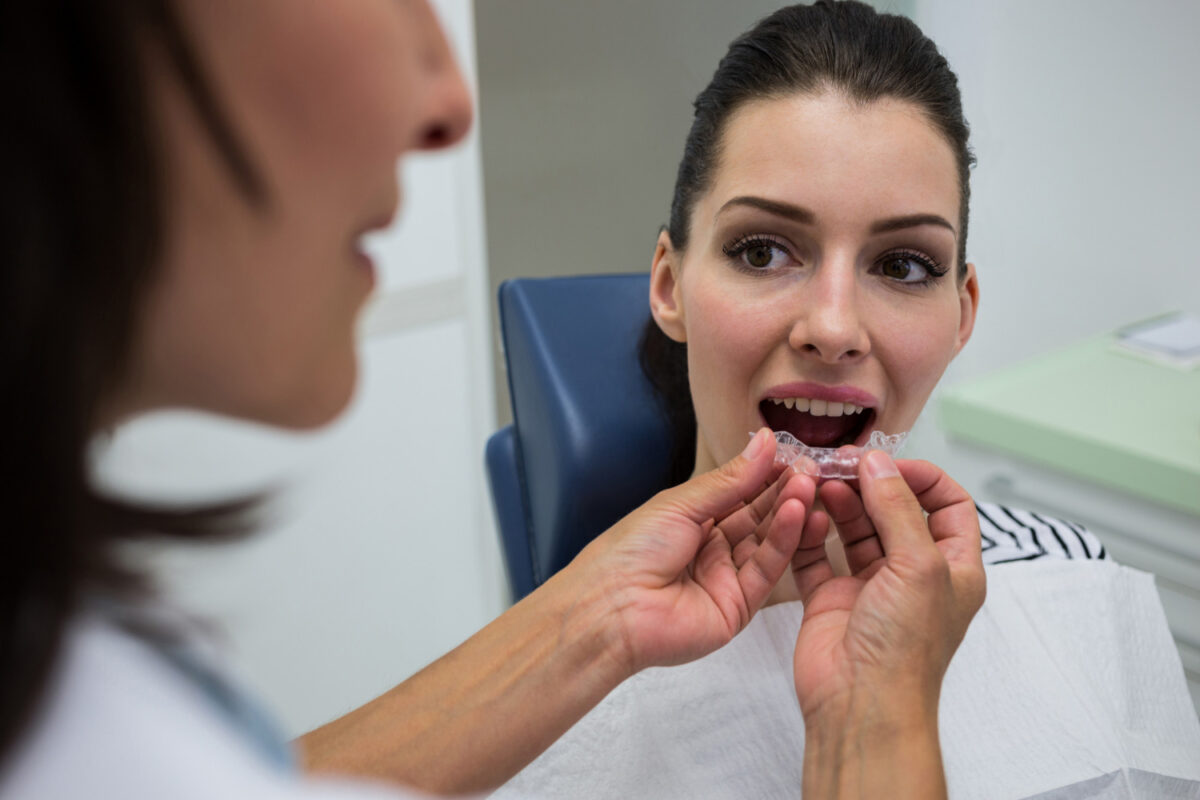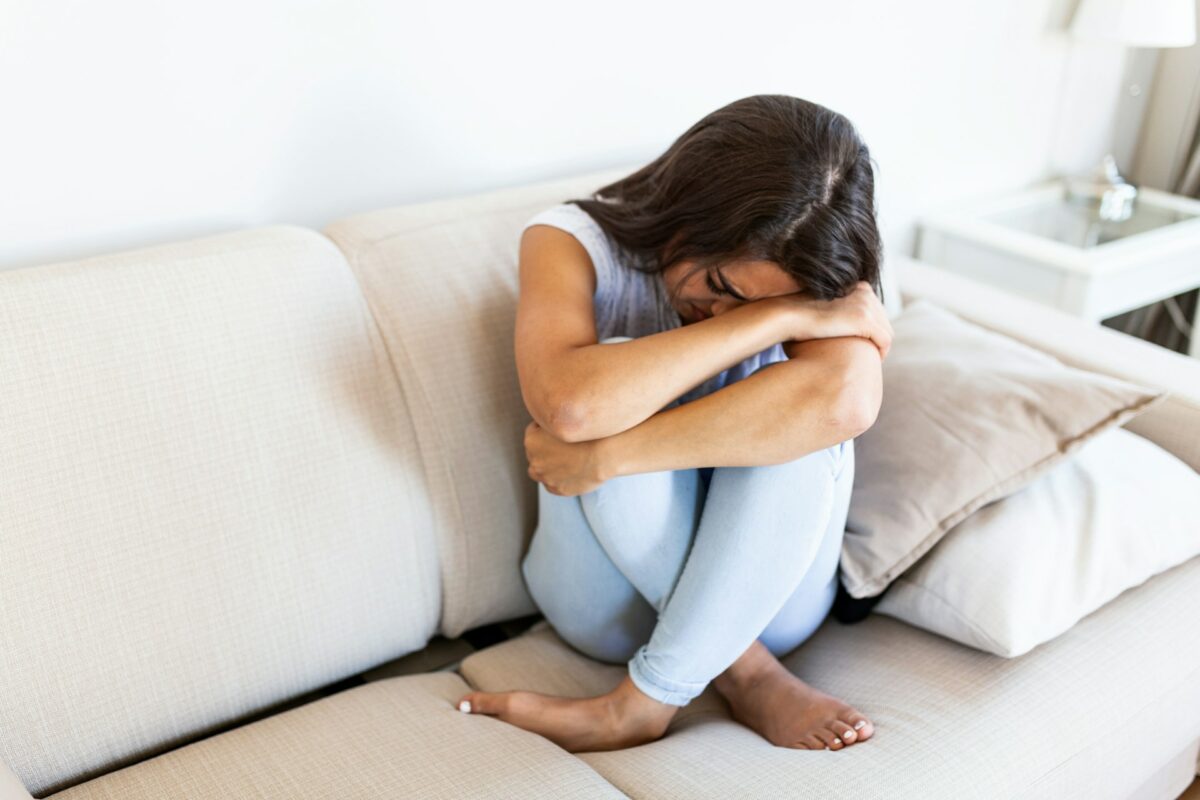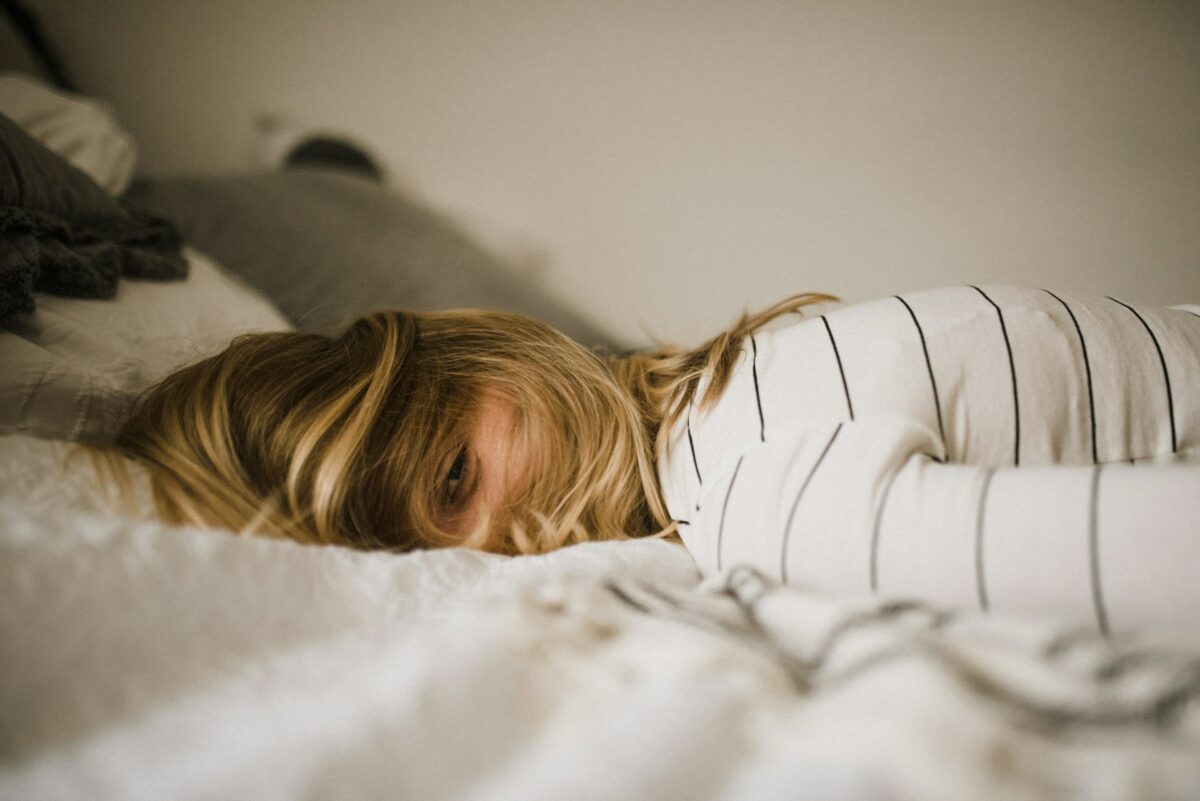We hope this short blog will help you understand more about Sleep Apnea, learn what an AHI and ODI are and the types of Sleep Apnea we see in the population.
If you have delved into the world of sleep in any capacity, you will likely hear about sleep apnea. It is one of the most common sleep disorders, and in 2016-2017, 6.4% of adults in Canada had previously been diagnosed with sleep apnea (Stats Can, 2018). We do know that the prevalence of this disorder in the population is higher than that, and we hope that by educating people we can get help to more of those in need.
Sleep apnea is made up of a few different categories of breathing restriction that all contribute to lowered oxygenation through the night and disturbed sleep patterns. Obstructive sleep apnea consists of both obstructive apneas and hypopneas. Obstructive apneas occur when there is a full closure of your airway and no airflow into your lungs. A hypopnea is a partial closer with limited airflow. Central sleep apnea is what occurs when the brain no longer puts forward a signal to breathe, you do not try to breathe, and it is a more complicated form of sleep apnea that requires the brain to retrain itself if its cause is years of obstructive apneas and hypopneas. When not caused by long-standing obstructive apnea medications, brain injuries and or some disorders are often the culprit for the lack of drive to breathe.
All of these types of events can cause an oxygen desaturation, which is recognized as a drop in your blood oxygen levels by 3% or more. The main diagnostic tool you will hear when talking about sleep apnea is the “Apnea-Hypopnea Index (AHI),” which is the number of central and obstructive apneas and hypopneas all added together through the night and divided by the amount of time you were asleep. This gives you an hourly index. They are currently categorized into the following levels of severity:
0-5: Normal, no significant sleep apnea
5-15: Mild Sleep Apnea
15-30: Moderate Sleep Apnea
30+: Severe Sleep Apnea
You may also see a reference to your “Oxygen Desaturation Index (ODI)” which is how many times an hour you experience an oxygen desaturation of 3% or more. Your AHI and ODI are often close to the same number but can differ due to a few variables such as age and length of events. We also pay attention to the amount of time you spend during the night with your oxygen saturation below 90%, which can often put extra strain on the heart as your body works to normalize your oxygen levels to above 90%.
Why does this matter? When we have these stoppages in airflow and oxygen desaturation, we send an alarm to our brain that we are suffocating. The brain then pulls us out of deep sleep or REM and brings you back into light sleep, where you are less likely to have an apneic event. Sometimes these events are strong enough to cause us fully awake. Either way, they disrupt our sleep cycles and restrict critical deep sleep and REM sleep, which are vital to our health.
What causes sleep apnea? We do know that sleep abnormalities, anatomy, and physiology are the main culprits. Most people that have sleep apnea can breathe perfectly fine while awake, but once they fall asleep their brain struggles to maintain the patency of the airway while relaxing or even paralyzing the rest of the body. If a person’s airway is genetically smaller, they may be more prone to this issue. Excess weight can also be the “straw that breaks the camel’s back” and will make existing sleep apnea worse as it constricts the airway. Age is the main “worsening” factor as we get into our 50s and later as we lose muscle tone as we age including that of our airway.
We hope this answers some questions about what sleep apnea is. We will also be exploring how to recognize sleep apnea, its symptoms, who has it, and what you can do about it in our upcoming posts.
For more answers and explanations please reach out to us at any time. Today could be the day we help you or someone you love.
If you have questions about your sleep or the sleep of someone you know reach out to us today
604-58SLEEP (604-587-5337) or
604-98SLEEP (604-987-5337)
info@sleepbetterlivebetter.ca www.sleepbetterlivebetter.ca
Sleep Better Live Better
We are your
Centre for Excellence in Home Sleep Diagnostics and Non-Surgical Sleep Therapies including
Custom Oral Appliances (the Alternative to CPAP) and CPAP
